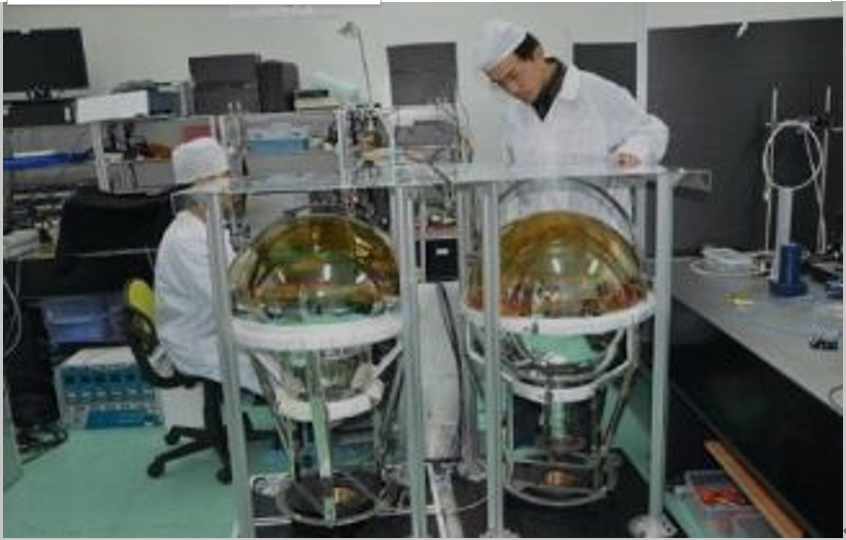What is the difference between a photodiode and a photomultiplier?
The difference between photodiode and photomultiplier
1, the principle is different
The photodiode utilizes the energy band theory of the semiconductor. When the light illuminates the photodiode, when the energy of the light is greater than the band gap energy, the electrons of the valence band are excited to move, and the original valence electrons leave holes. Thus, electron-hole pairs are generated in the P region, the N region, and the depletion layer. Under the electric field of the depletion layer, the electrons accelerate toward the N region and the holes to the P region, so that the P region is positively charged, the N region is negatively charged, and each moves (drifts) toward the opposite electrode, thus generating a current. Then, by detecting this current, you can get the information of the light, or you can amplify this current to generate electricity. This is the solar cell.
There are two main principles of photomultiplier tubes: photoelectric effect and secondary electron emission theory. The first photoelectric effect is that when light is incident on the surface of the alkali metal, electrons are emitted. When the kinetic energy of the electron exceeds the work function of the alkali metal, it will escape from the metal surface. If a very sensitive galvanometer is used, it can be detected to the current signal. Secondly, it is amplification, the escaped electrons in the second amplification through the dynode, will increase the current signal, and finally output a large current signal at the anode. In contrast to the photomultiplier tube, the photomultiplier tube not only generates current but also amplifies the current, but the principle of generating current is completely different.
2, the application range is different
Photomultiplier tubes are commonly used in places where weak light detection is used, such as some gamma cameras, detection of radioactive sources, and so on. The application of photodiodes has been explained in the principle.
3, the manufacturer
Photodiodes are a very common optoelectronic component, so there are many manufacturers. However, there are very few manufacturers of photomultiplier tubes. The world's photomultiplier tubes are mainly produced by a company: Hamamatsu Photon in Japan, followed by photonis in the UK. However, this company has stopped production after the financial crisis.

Photodiode
Photo-Diodes, like ordinary diodes, are also semiconductor devices consisting of a PN junction and also have unidirectional conductivity. However, in the circuit, it is not a rectifying element, but a photosensor device that converts an optical signal into an electrical signal.
Photomultiplier tube
A photomultiplier tube is a vacuum electronic device that converts a weak optical signal into an electrical signal. Photomultiplier tubes are used in optical measuring instruments and spectroscopic instruments. It measures very weak radiated power from 200 to 1200 nm in low-energy photometry and spectroscopy. The appearance of a scintillation counter expands the range of application of photomultiplier tubes.
If you want to know more, our website has product specifications for photodiodes and photomultipliers, you can go to ALLICDATA ELECTRONICS LIMITED to get more information

